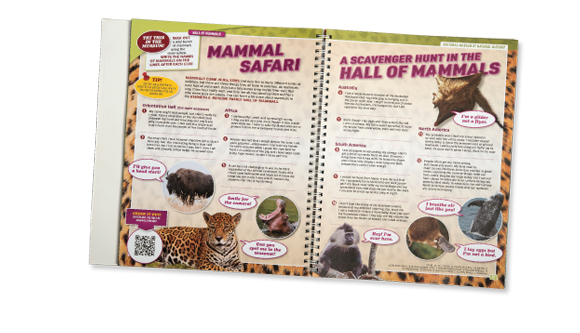OFF THE SHELF

Deborah Milly, associate professor, political science department, "New Policies for New Residents: Immigrants, Advocacy, and Governance in Japan and Beyond," history, sociology, Cornell University Press.
George Norton, professor, agricultural and applied economics department, "Hunger and Hope: Escaping Poverty and Achieving Food Security in Developing Countries," memoir, textbook, Waveland Press.
Christopher J. Bise (mining engineering '72), editor, "Modern American Coal Mining: Methods and Applications," textbook, Society for Mining, Metallurgy & Exploration.
Thomas Tabb Jeffries III (geophysics '65), "Kenton Harper of Virginia: Editor, Citizen, Soldier," history, Augusta County Historical Society.
Randi Wolf Lauterbach (education '74), "Matzo Balls and Christmas Trees: Memories of My Jewish Mother," memoir, Belle Isle Books.
DeMond Owens (technology education '97), "Tao of Funkizm," self-help, CreateSpace.
Dave Ruth (history '75), "No Turning Back: A Guide to the 1864 Overland Campaign, from the Wilderness to Cold Harbor, May 4-June 13, 1864," history, Savas Beatie.
Adrienne Trier-Bieniek (M.S. sociology '07), "Sing Us a Song, Piano Woman: Female Fans and the Music of Tori Amos," music, women's studies, Rowman and Littlefield.
Robert Watson (education '85), "America's First Crisis," history, SUNY Press; and "Affairs of State," history, Rowman and Littlefield.
William Johnson (psychology '83), "A Silent Tide," historical novel, self-published.

From 2007 to 2009, teacher and Pittsburgh native Emily Korrell (interdisciplinary studies '98) was an educator at the National Museum of Natural History in Washington, D.C., where she enjoyed learning new things from the museum's scientists and sharing museum secrets with visitors young and old. She spent five years creating the official guide to the Smithsonian Institution, "Awesome Adventures at the Smithsonian," released by Smithsonian Books in 2013. Today, she lives with her husband, Gideon Korrell (electrical engineering '01), and her son, Cyrus, in Northern California, where she teaches second and third grades.
Welcome to the National Air and Space Museum.
You have arrived at one of the most popular museums on Earth, the Smithsonian National Air and Space Museum. Here you will be surrounded by the world's largest collection of airplanes and spacecraft. You will also discover all kinds of objects—large and small—related to the science and technology of flight, the study of space, and the exploration of the universe. Here you will spend a lot of time looking up at the planes and spacecraft that seem to be flying throughout this huge museum.
Have you ever flown on a plane? Would you like to visit outer space someday? It may be hard to believe, but human flight is a relatively new development. In the past 100 years or so, people have figured out how to get off the ground into the air and stay in the air. And it's only been about 60 years since people figured out how to travel to space. Your grandparents probably watched the first humans walk on the moon on television. Ask them to tell you about it!
You are lucky to live in the age of flight! Our big world seems smaller today since we can fly almost anywhere on Earth within a day. Where would you like to fly? How about space? Maybe in your lifetime, spaceflight will become common for many people, not just astronauts. Would you like to take a space vacation?
So, get started with your exploration of flight and space travel. At the National Air and Space Museum you will find out how it all began, what important steps were taken along the way, and what lies ahead for explorers like you!
Produced by University Relations